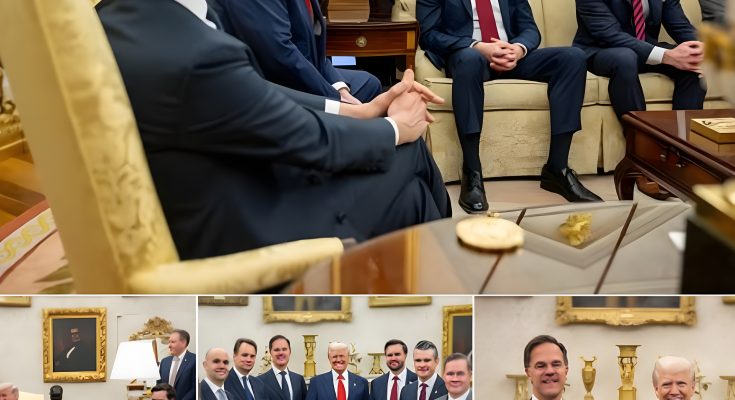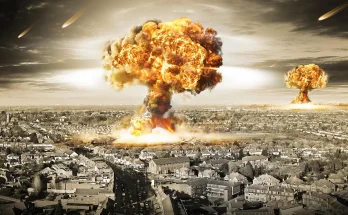Former U.S. President Donald Trump recently reiterated his long-standing claim that he was responsible for significantly boosting NATO’s funding by pressuring member nations to pay their “fair share.” Speaking about his tenure, Trump stated, “When I first went to NATO… I noticed that very few people were paying—and if they were, they weren’t paying their fair share… I was able to raise hundreds of billions of dollars… the money started pouring in and NATO became much stronger because of my actions.”

Trump’s remarks align with his frequent criticism of NATO allies, particularly regarding defense spending. During his presidency, he repeatedly urged European nations to meet their commitment of spending at least 2% of their GDP on defense, a target set by NATO in 2014. While some NATO countries had already planned to increase their military budgets, Trump took credit for accelerating the process by publicly calling out nations he claimed were not contributing enough.

While Trump’s pressure tactics did coincide with an increase in defense spending among NATO allies, experts note that these commitments were largely set in motion before his administration. NATO’s 2014 Wales Summit Declaration established the 2% GDP guideline, with countries gradually moving toward compliance over the years. According to NATO’s official reports, European allies and Canada increased their defense spending by over $130 billion from 2016 to 2020. However, many analysts argue that these increases were part of a broader shift in defense policies rather than a direct result of Trump’s demands.

Despite Trump’s assertions, NATO officials have credited multiple factors for the alliance’s strengthened financial contributions, including concerns over Russian aggression, changing security landscapes, and broader political commitments. As Trump continues to make claims about his impact on NATO, the debate over his role in shaping the alliance’s financial policies remains a contentious issue in political and foreign policy circles.




